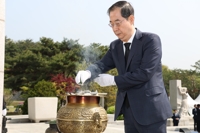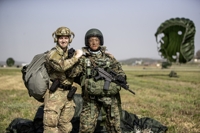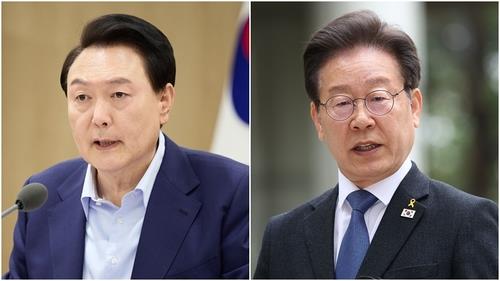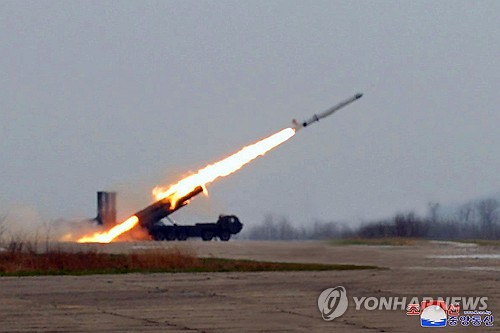(EDITORIAL from the Korea Times on Nov. 27)
IKEA's entry into Korea
IKEA is a huge company based in Sweden with an annual global turnover of over $40 billion and 349 stores in 43 countries around the world.
The name "IKEA" is familiar to many Korean consumers, but for one reason or another, it had yet to make an entry into the domestic market here before this year.
The company has design and cultural centers and even provides accommodation in certain places, but the primary focus of its business remains competitively priced furniture. The popularity of IKEA products is astounding in the global market.
It was great to hear therefore when IKEA announced that it would enter the Korean market, establishing a huge distribution and sales outlet in Gwangmyeong, Gyonggi Province.
The facility is all but completed, but a number of problems have emerged to temper the company's highly anticipated launch. Most recently was a furor over the sale of maps in its stores that identify the East Sea as the Sea of Japan.
After strong protests by consumer groups, Andre Schmidtgall, chief manager of IKEA Korea, held a press conference to apologize for the incident and explained that an internal investigation was underway.
Added to this incident are voices of consumer groups and the government that say that IKEA's products are overpriced.
When considering the fact IKEA achieved its success over the past 70 years largely on the back of competitive pricing, it is unusual that the company would overprice its products as it enters a lucrative new market.
Perhaps the rational for this is simple: Korean consumers tend to prefer products that are more expensive.
Even when looking at luxury products, brands such as Prada, Gucci and Salvatore Ferregamo, just to name a few, have increased prices here even though international prices have been falling and the value of the Korean won rising.
The truth is that Korean consumers, especially at the higher end of the spectrum, have created a strange market where overpricing is actually an effective marketing strategy.
By venturing into the Korean market for the first time, IKEA has obviously decided that this could be right strategy, luring consumers into believing their brand provides high-quality products.
If that is indeed IKEA's intention, it will have to conduct more detailed studies concerning the Korean market. Carmakers could tell them a very different story for instance.
In the past, imported car brands mostly brought in top of the range vehicles priced at hundreds of millions of won -- these sold in small numbers.
Up until the early 2000s, the market share for high-end cars remained at around 1 percent of some 1.5 million cars sold in Korea every year.
Since then, their strategy has changed. They decided to market more low-cost and competitive models, including diesel and hybrid models, bringing their market share up to over 10 percent last year.
IKEA will have to look at the overall Korean market to determine what it is in its best interest and what is best for Korean customers too.
(END)
-
 Overdue debut of Korean abstract art pioneer Yoo Young-kuk at Venice Biennale
Overdue debut of Korean abstract art pioneer Yoo Young-kuk at Venice Biennale -
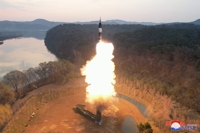 Defense chief says N. Korea's hypersonic missile 'unsuccessful' in last-stage glide flight
Defense chief says N. Korea's hypersonic missile 'unsuccessful' in last-stage glide flight -
 Relax, immerse yourself in scents at Venice Biennale's Korean Pavilion
Relax, immerse yourself in scents at Venice Biennale's Korean Pavilion -
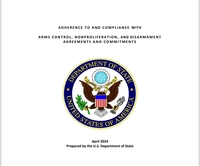 N. Korea has capability to genetically engineer biological military products: U.S. report
N. Korea has capability to genetically engineer biological military products: U.S. report -
 S. Korea marks 30th anniv. of Korean Pavilion at Venice Biennale with contemporary art
S. Korea marks 30th anniv. of Korean Pavilion at Venice Biennale with contemporary art
-
 Overdue debut of Korean abstract art pioneer Yoo Young-kuk at Venice Biennale
Overdue debut of Korean abstract art pioneer Yoo Young-kuk at Venice Biennale -
 Relax, immerse yourself in scents at Venice Biennale's Korean Pavilion
Relax, immerse yourself in scents at Venice Biennale's Korean Pavilion -
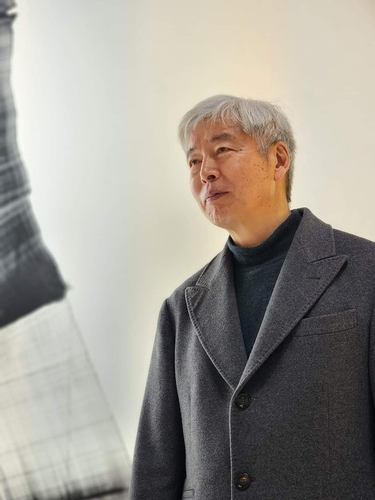 Artist Lee Bae captures ethereal Korean aesthetics at Venice Biennale
Artist Lee Bae captures ethereal Korean aesthetics at Venice Biennale -
 S. Korea marks 30th anniv. of Korean Pavilion at Venice Biennale with contemporary art
S. Korea marks 30th anniv. of Korean Pavilion at Venice Biennale with contemporary art -
 Defense chief says N. Korea's hypersonic missile 'unsuccessful' in last-stage glide flight
Defense chief says N. Korea's hypersonic missile 'unsuccessful' in last-stage glide flight
-
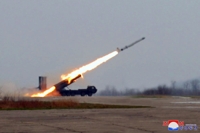 N. Korea says it conducted 'super-large warhead' test for strategic cruise missile
N. Korea says it conducted 'super-large warhead' test for strategic cruise missile -
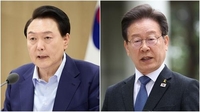 (LEAD) Yoon proposes first-ever meeting with opposition leader
(LEAD) Yoon proposes first-ever meeting with opposition leader -
 Gov't likely to accept university chiefs' request to lower med school enrollment quota
Gov't likely to accept university chiefs' request to lower med school enrollment quota -
 (2nd LD) N. Korea says it conducted 'super-large warhead' test for strategic cruise missile
(2nd LD) N. Korea says it conducted 'super-large warhead' test for strategic cruise missile -
(URGENT) N. Korea conducted 'super-large warhead' test for strategic cruise missile: KCNA















